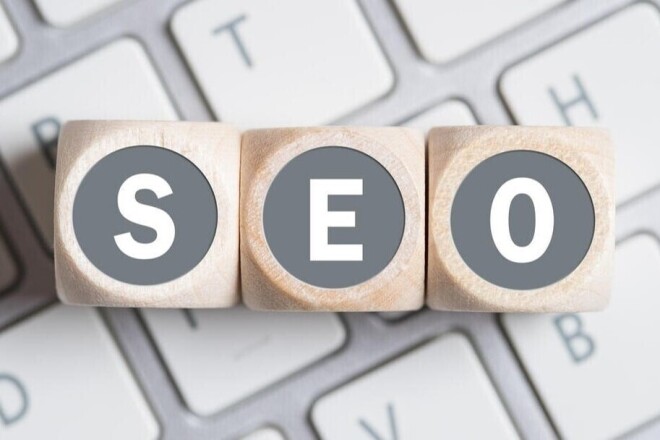Plastic sheets have become an indispensable part of various industries due to their versatility and cost-effectiveness. Among the different processes used for shaping plastic, vacuum forming stands out for its efficiency and flexibility. In this article, we delve into the world of Vacuum forming plastic sheets, exploring their benefits, applications, manufacturing process, and more.
Introduction to Vacuum Form Plastic Sheets
What is Vacuum Forming?
Vacuum forming is a manufacturing process where a heated sheet of plastic is stretched over a mold, then vacuumed tightly against the mold’s surface to take its shape.
Importance of Vacuum Form Plastic Sheets
Vacuum form plastic sheets serve as crucial components in numerous industries, offering lightweight, customizable, and cost-effective solutions for various applications.
Benefits of Vacuum Form Plastic Sheets
Lightweight and Durable
One of the key advantages of vacuum form plastic sheets is their lightweight nature coupled with remarkable durability, making them ideal for applications where weight and strength are essential considerations.
Customizable Designs
Vacuum form plastic sheets allow for intricate designs and shapes to be easily achieved, providing designers with the flexibility to create products tailored to specific requirements.
Cost-Effective Solution
Compared to other manufacturing processes, vacuum forming is relatively inexpensive, making it a cost-effective solution for both small-scale and large-scale production runs.
Wide Range of Applications
From automotive components to retail displays, vacuum form plastic sheets find applications in diverse industries due to their versatility and adaptability to different environments.
Understanding the Vacuum Forming Process
The vacuum forming process involves several steps:
- Heating the Plastic Sheet: The plastic sheet is heated until it becomes pliable and can be easily stretched over the mold.
- Forming the Plastic: Once heated, the sheet is stretched over the mold, and a vacuum is applied to suck the sheet tightly against the mold’s surface, taking its shape.
- Cooling and Trimming: After forming, the plastic is cooled to set its shape, and excess material is trimmed to achieve the desired final product.
Types of Vacuum Form Plastic Sheets
Vacuum form plastic sheets come in various types, including:
- Clear Plastic Sheets: Transparent sheets suitable for applications where visibility is important.
- Colored Plastic Sheets: Available in a wide range of colors, these sheets offer versatility in design aesthetics.
- Textured Plastic Sheets: Textured surfaces provide additional grip or visual appeal, making them suitable for specific applications.
Applications of Vacuum Form Plastic Sheets
Automotive Industry
Vacuum form plastic sheets are used in automotive interiors and exteriors, such as dashboard components, headlight covers, and trim panels.
Packaging Industry
In the packaging industry, Vacuum forming clear plastic sheet are employed to create blister packs, clamshell packaging, and trays for product protection and display.
Medical Industry
Medical equipment enclosures, instrument trays, and disposable medical devices are some examples of applications in the medical industry.
Aerospace Industry
The aerospace sector utilizes vacuum form plastic sheets for aircraft interiors, including seat components, overhead bins, and interior panels.
Retail Displays
Retail displays benefit from the versatility of vacuum form plastic sheets, enabling the creation of eye-catching product showcases and signage.

Factors to Consider When Choosing Vacuum Form Plastic Sheets
Material Type
Different plastic materials offer varying properties such as impact resistance, heat resistance, and chemical resistance, so choosing the right material is crucial.
Thickness
The thickness of the plastic sheet affects its durability and suitability for specific applications, with thicker sheets offering greater strength.
Size and Shape
Considerations such as mold size and shape compatibility with the intended product design should be taken into account when selecting vacuum form plastic sheets.
Tips for Working with Vacuum Form Plastic Sheets
Proper Heating Temperature
Maintaining the correct heating temperature ensures uniform heating of the plastic sheet, preventing uneven stretching or warping.
Mold Design Considerations
Designing molds with appropriate draft angles and undercuts facilitates easy release of formed parts and minimizes production issues.
Trimming Techniques
Precision trimming techniques such as CNC routing or die cutting help achieve clean edges and accurate dimensions in the final product.
Maintenance and Care Tips
Cleaning Procedures
Regular cleaning with mild soap and water helps preserve the appearance and functionality of vacuum form plastic sheets.
Storage Recommendations
Storing plastic sheets in a cool, dry environment away from direct sunlight prevents degradation and maintains their integrity over time.
Environmental Impact of Vacuum Form Plastic Sheets
Recycling Options
Many vacuum form plastic sheets are recyclable, contributing to sustainability efforts by reducing waste and conserving resources.
Sustainable Alternatives
Exploring biodegradable or recycled plastic materials offers environmentally friendly alternatives to traditional vacuum form plastic sheets.
Case Studies and Success Stories
Project A: Vacuum Form Plastic Sheets in Automotive Prototyping
By utilizing vacuum form plastic sheets, Company X achieved significant cost savings and accelerated product development in automotive prototyping.
Project B: Vacuum Form Plastic Sheets in Retail Display Solutions
Company Y transformed retail spaces with innovative vacuum form plastic sheet designs, enhancing product visibility and customer engagement.
Future Trends in Vacuum Form Plastic Sheets
Advancements in Material Technology
Ongoing research and development efforts are focused on creating new plastic materials with enhanced properties and sustainability features.
Sustainable Practices
The adoption of eco-friendly manufacturing processes and materials continues to drive the evolution of Vacuum forming plastic sheet suppliers technology towards greater environmental responsibility.
Conclusion
Vacuum form plastic sheets offer a myriad of benefits and applications across various industries, providing cost-effective, customizable solutions for diverse manufacturing needs. As technology advances and sustainability becomes increasingly important, the future of vacuum form plastic sheets holds promise for innovation and positive environmental impact.
FAQs
What are vacuum form plastic sheets?
Vacuum form plastic sheets are thin, flexible sheets of plastic that are heated and stretched over a mold using vacuum pressure to create three-dimensional shapes.
How are vacuum form plastic sheets manufactured?
The manufacturing process involves heating a plastic sheet until it becomes pliable, stretching it over a mold, and then applying vacuum pressure to shape the plastic to the mold.
What are the advantages of using vacuum form plastic sheets?
Vacuum form plastic sheets offer lightweight, customizable, and cost-effective solutions for various applications, with benefits including durability, versatility, and ease of production.
Can vacuum form plastic sheets be recycled?
Yes, many vacuum form plastic sheets are recyclable, contributing to sustainability efforts by reducing waste and conserving resources.





